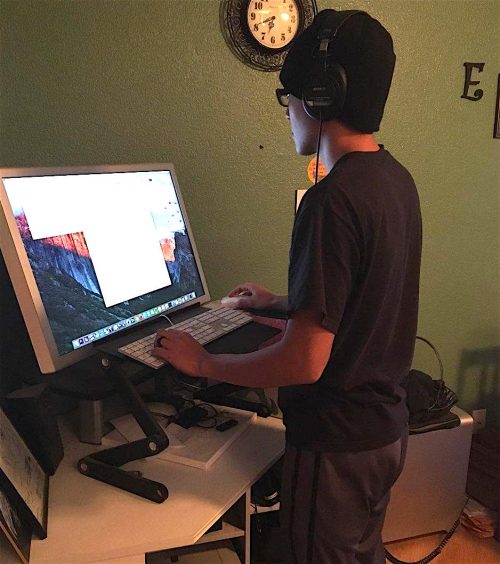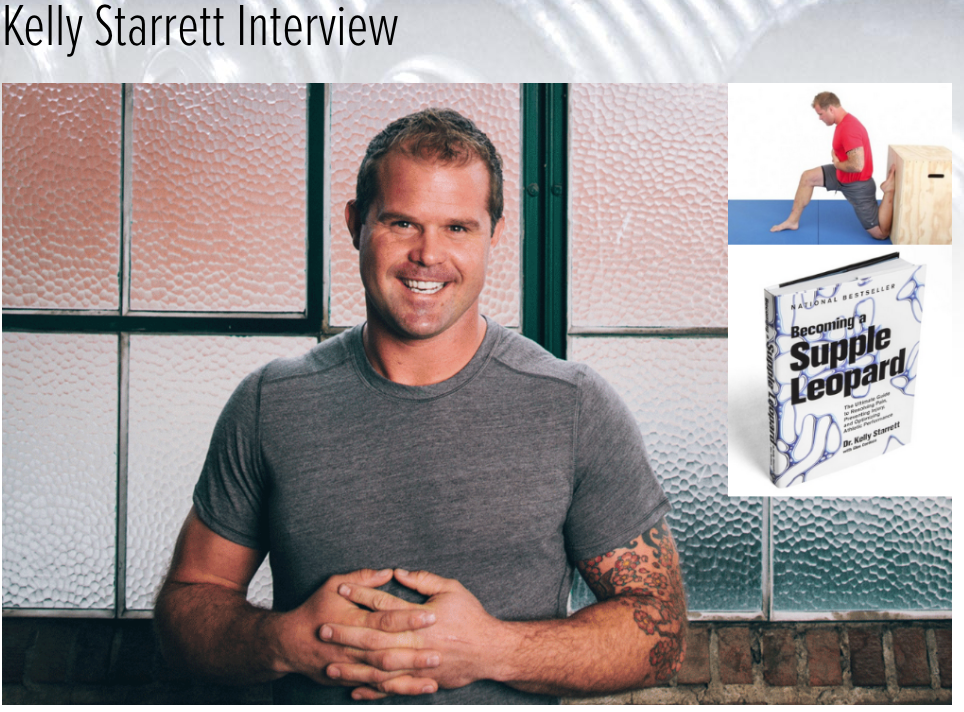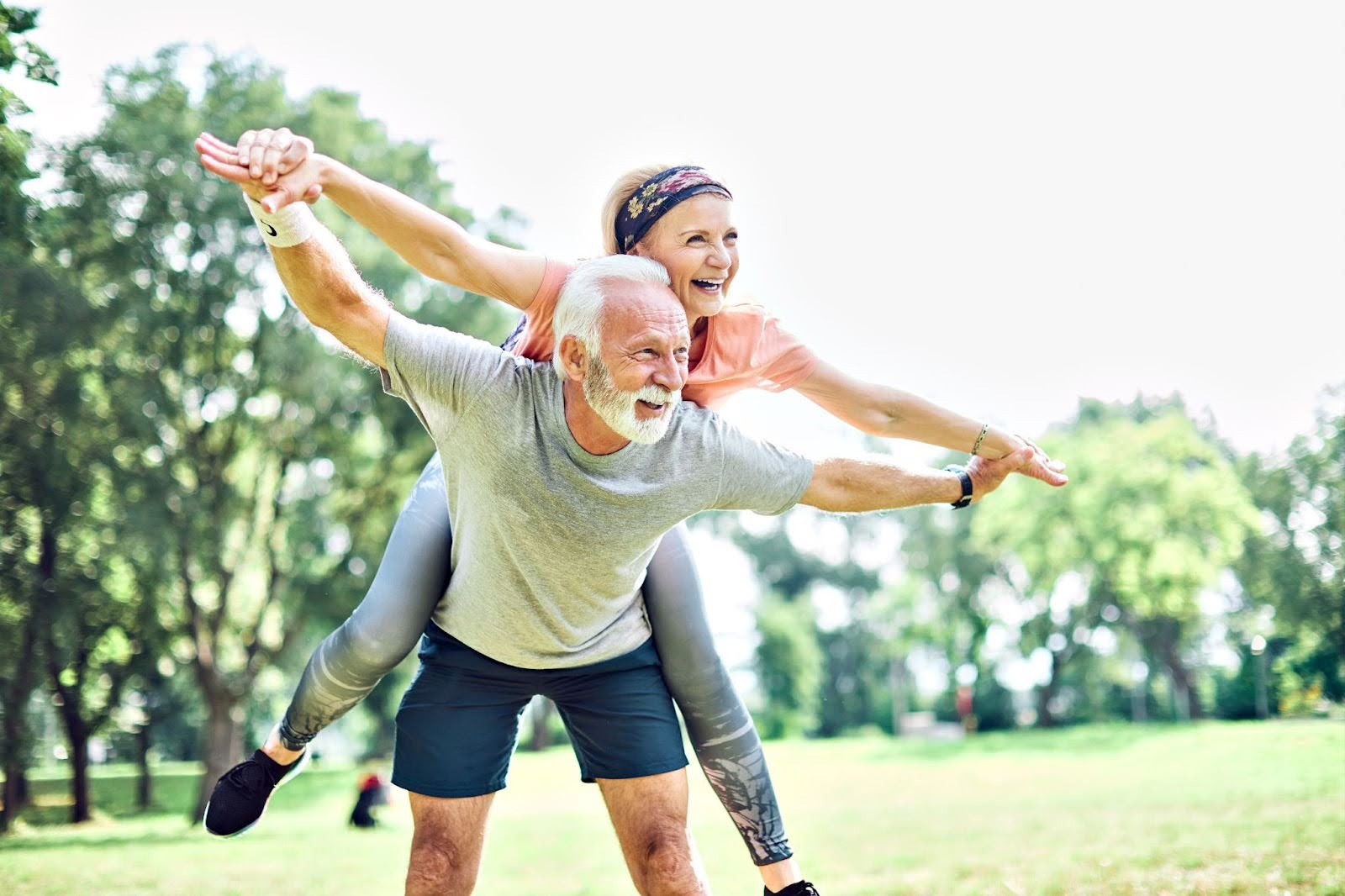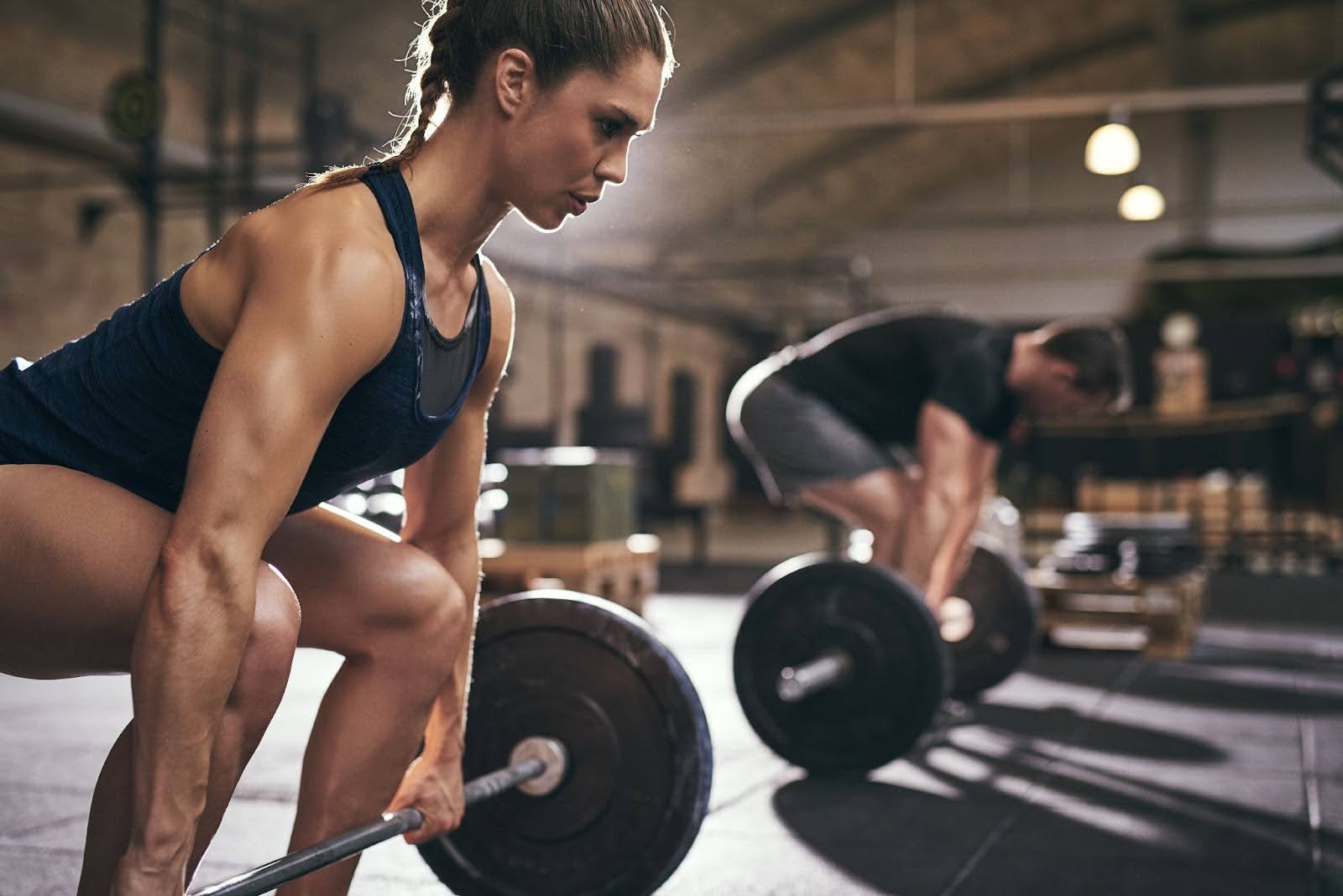If you’ve taken SSoD classes before, you’ve probably seen the guy behind the camera in the mirrors at some point. That’s me. You also might have noticed that I do a lot of standing when filming these online Spin® classes. The main reason for that is that I need to position myself in a way as to not create a distraction for all of you taking the class, and also to be able to easily move the camera around if the trainer goes to the turf for a TRX® core workout or abs routine. However, even if I didn’t have to stand, I still would – due to what I’ve learned in the last several years regarding the health benefits of standing desks.
I’ve grown to prefer standing in my line of work in general, which includes editing videos for hours at a time. It wasn’t like this three or four years ago. The bulk of creating videos is done in “post-production,” which is essentially everything after all the filming is done. So in the past, it wouldn’t be unusual for me to spend 4+ hours at a time sitting and editing. I would then eventually stand up for a bit and maybe walk around to get something to eat and stretch my legs, but then go right back to editing (and sitting).
Now I’ve basically reversed that, for several reasons.
Why Use A Standing Desk?
If you’re part of Studio SWEAT onDemand and are reading this, I’m pretty sure you’re similar to me in being in the mindset of continuously striving to optimize your health and take care of the gift that is a body that’s able to move in the first place. After all, as you may already know, good health can improve every other area of your life. So I look for small tweaks I can make throughout the day that lead me towards the bigger picture of living a healthier life.
You may not know this since I’m always behind the camera, but I’ve been extremely interested in health/fitness for several years now (I even received a personal training certification to further my knowledge). My focus naturally shifted to learning more about mobility, because gaining strength but not being able to move around didn’t make sense to me. That’s when I started getting interested in Kelly Starrett’s work, who’s said to be one of the leading mobility coaches in the industry.
One of the things that really helped expand my knowledge on mobility was a podcast episode from Joe Defranco’s Industrial Strength Show, where Defranco interviews Kelly Starrett. Joe Defranco is also said to be one of the leading sports performance trainers in the industry, training professional players from a wide variety of sports, from the NFL to WWE’s Triple H and Stephanie McMahon. So when I saw that Defranco put out an episode interviewing Starrett, I knew it was going to be an interesting and educational one, all about mobility.
(Click HERE to listen to the podcast episode)
I highly recommend you listen to it if you really want to dive deeper into the health benefits of standing desks, but these are the main points that stuck out from the podcast for me, and that eventually led me to transition to a standing desk:
- Standing is a natural human position and can improve posture (sitting in chairs wasn’t always a thing in this world, and many say that prolonged sitting in chairs can hinder our posture, health, and even breathing)
- Standing takes a great load off of the spine vs sitting in chairs
- It builds stamina for overall daily movement (I noticed that a trip to Disneyland isn’t as grueling anymore with all the standing and walking)
- Standing takes more energy than sitting (so for those of you who want to burn more calories during the day, this is a perfect way of doing that)
- Children who had issues paying attention and fidgeting during class were able to focus better when they transitioned to standing desks. (Kelly Starrett started a non-profit that’s trying to transition classrooms to standing desks, based on research regarding its health benefits. Check it out here: http://standupkids.org/)
Studio SWEAT’s Registered Dietitian, Miriam, has also transitioned to a standing desk. Her motivation is “decreased disease, cancer, and obesity risk. Plus, feeling more energized due to increased circulation reduces the dreaded afternoon slump.”
How Do I Transition To A Standing Desk?
Miriam and I know that going from sitting in a chair all the time to standing most of the time can be daunting and challenging. Like with any change in habits, it takes time, consistency, and a plan.
So if you do want to transition to a stand up work desk, here are 5 tips that Miriam and I found very helpful from our experience that we wanted to share with you to help with the process. Miriam was actually the one who came up with these tips, and they pretty much lined up with what I was going to write, so I’ll start with her tips, then expand.
Tips:
- Start small: 20 minutes at a time and gradually increase.
If you’ve ever been to Disneyland (or any amusement park), you know what it’s like to walk and stand for long periods of time, and if you’re not accustomed to it, it could be very taxing and not so fun. Like with working out, don’t go nuts when you’re first getting into it. Ease yourself in and just get used to standing for longer than you’re comfortable with. Which leads to the next tip: - Have a sit and stand option, otherwise it might be too daunting to use the desk at all.
I used to edit videos right next to my bed, so I could easily sit down if I got tired. It’s mentally and physically helpful for you to have a way to easily take a seat to take a break. Kelly Starrett said that the kids who had the standing desks in classrooms could either stand or sit on the floor. Sitting on the floor is a good option as well, since that offers another opportunity to gain more mobility and move from a sitting position to a standing position and vice versa (the podcast goes more into this). My wife and I actually turned our dining room table to a floor table, so we don’t have any formal chairs in our home.The main point is, it’s okay to sit for resting purposes, but the majority of your “work” or whatever you do at your desk should be done in the standing position. - Get an anti-fatigue mat and take off high heels or tight shoes.
I got an anti-fatigue mat last Christmas, and I’ve found that it does help. What it basically is is a squishy mat. Besides general comfort, the idea for it is that the squishy aspect causes your feet to constantly move around and be in different positions, which again lines up with Kelly Starrett’s findings in the classroom, where he gave the kids a swiveling bar that they could put their foot on to keep their legs in motion if they wanted. If you stand in one place without really moving your feet, you could get stiff after awhile, which leads to the next tip: - Move while you stand. Fidget! Shift from left to right, stick a foot up on a stool or set of drawers. You can even do pigeon pose on the desk while standing if flexible enough. Just don’t stand still. I like to roll my foot on a golf ball too.
Basically what I said above. - Be ergonomic. Make sure your monitor and keyboard is the right height. This is very important.
For good posture and overall comfort, standing properly is a must. Your arms should be relaxed and not scrunched up, and your monitor should be at good eye level so you’re not straining your neck and screwing up your posture even more by looking too high or too low. Working in comfort is very important when it comes to standing desks. You also don’t need to get the super fancy and expensive stand up work desks out there if it doesn’t make sense with your finances. The one I have (see picture at the top of this article) is more of a DIY creation, where I found pretty cheap stuff that elevated my mouse, keyboard, and monitor to where I needed it. It isn’t too pretty compared to commercial ones out in the market, but it does exactly what I need it to. So again, the main idea when it comes to actually getting/making one is comfort.
Miriam and I hope this helps make your transition to a standing desk easier, and hopefully this helped shed some light on why it’s a good thing to consider. Like nutrition and working out, a “small” shift in lifestyle like this can go a long way in benefiting your overall health.
-Eric (and Miriam)
Additional resource from Miriam: The Benefits and Considerations of Using a Standing Desk











Comments - 0